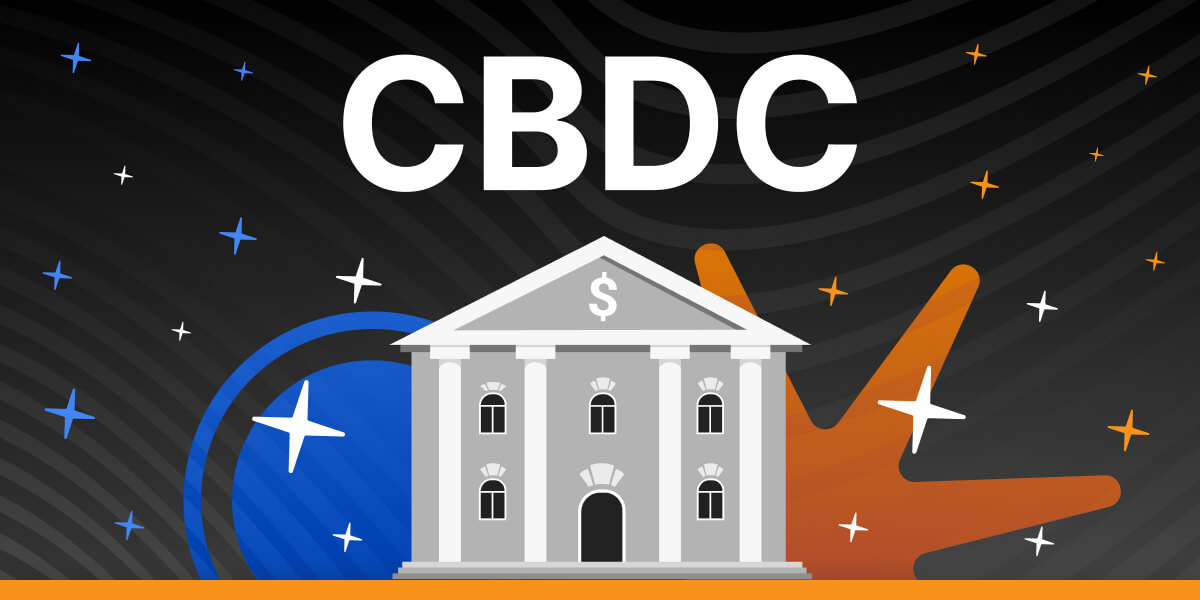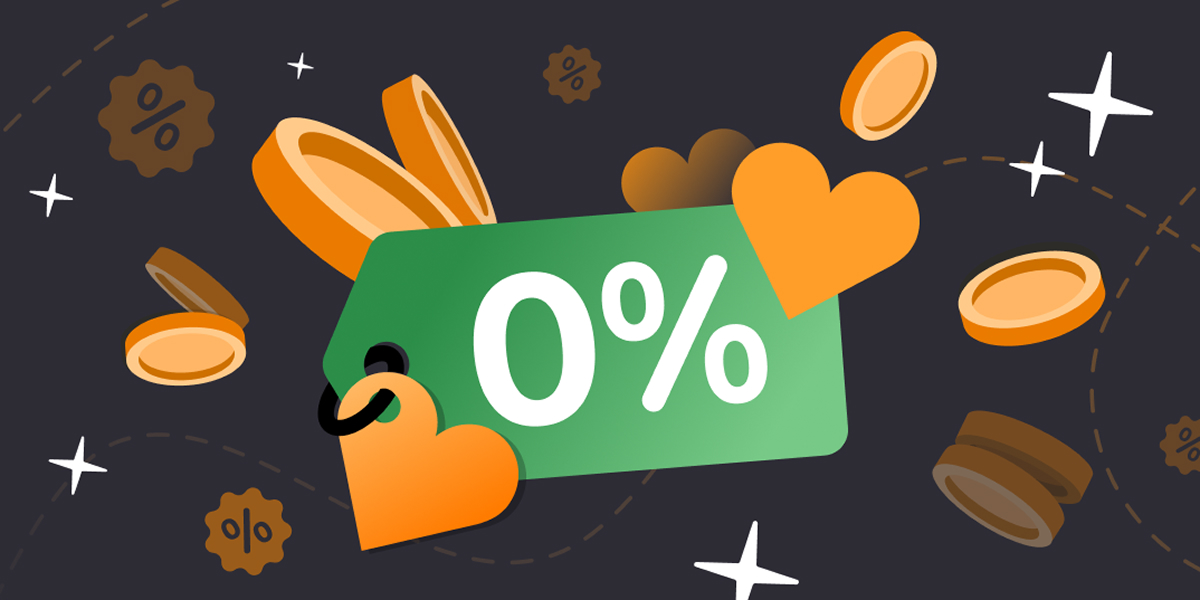NC Wallet News
View allFinancial Literacy
CBDC and Cryptocurrency: Alike or Opposite?

Don’t let yourself be deceived by a similar name — “digital assets”. Cryptocurrencies and central bank digital currencies (CBDC) are two fundamentally different concepts. In this article, we’re going to list the key distinctions.
What is CBDC?
A CBDC is a digital equivalent of a national currency. It’s sometimes called a government-issued cryptocurrency — which is a misconception. Let’s take a closer look and understand why.
 Regulation
Regulation
As we’ve already mentioned, CBDC is issued by a central bank or government. While cryptocurrencies are almost always decentralised. For CBDC, the monetary policies, how many coins to mint — all these issues are regulated by a central authority. What does it mean to a regular user? The crypto funds are less likely to be banned or frozen. While, in the case of CBDC, the state has more tools, for example, to seize assets.
 Technology
Technology
Cryptocurrencies are built on blockchain without any exceptions. Most countries looking to issue a CBDC are likely to use a centralised variation of the blockchain technology. “Centralised” means more controlled and more prone to be influenced by local law and regulations, for example.
 Privacy
Privacy
CBDC implies higher control over transactions and the origins of the assets. A CBDC coin is fully traceable, but not in the same sense as a crypto coin. So what is the difference? For crypto transactions, everyone can see the address of the wallet and the amount, but there is no private data revealed. In the case of CBDC, authorities can trace the movements of every coin together with more access to the user’s personal info.
So, cryptocurrency and CBDC are partly designed on the same technologies but shouldn’t be confused as they are crucially different types of assets.
Recently Added

All fees are covered by NC Wallet

Cheat sheet: your first crypto glossary


 en
en de
de
 fr
fr
 es
es
 it
it
 ru
ru
 pt
pt

